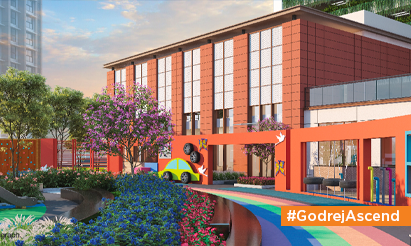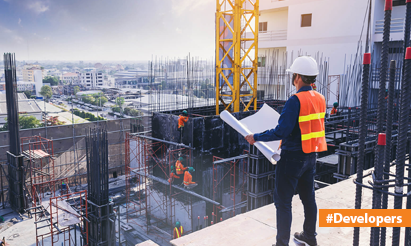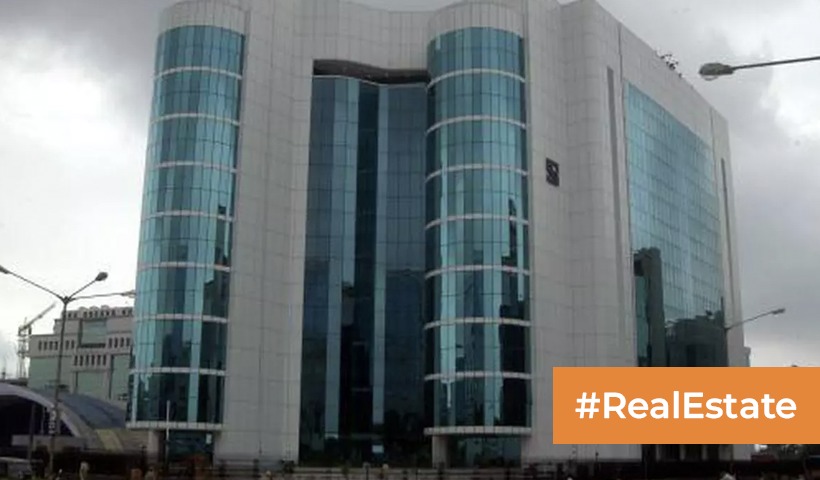The “twin city” transportation link to accelerate the construction of new homes!
The concept of “twin cities” is gaining traction in urban planning and development, to create well-connected corridors that promote economic growth and real estate development. One such example is the “twin city” transport corridor, which focuses on creating efficient transportation networks between two cities to accelerate real estate development in the region. This innovative approach to urban planning has the potential to transform the landscape of urban areas, spur economic growth, and open up new opportunities for real estate development.
The twin city transport corridor typically involves the development of a transportation network, such as roads, highways, railways, or mass transit systems, that connects two cities nearby. The goal is to create seamless connectivity between these two cities, making it easy for people and goods to travel between them, and promoting economic activities and real estate development along the corridor. This approach goes beyond traditional transportation planning, as it aims to integrate transportation and real estate development strategies to create vibrant urban regions.
One of the key benefits of the twin city transport corridor is its potential to accelerate real estate development in the region. The improved connectivity between the two cities can attract investments, businesses, and people, leading to increased demand for real estate development. This can result in the development of new residential, commercial, and industrial projects along the corridor, creating jobs, generating revenue, and driving economic growth in the region.
In addition, the twin city transport corridor can help to decongest overcrowded urban areas by creating opportunities for development in nearby regions. Many cities around the world are grappling with issues such as traffic congestion, lack of affordable housing, and limited land availability for development. The twin city transport corridor can provide an alternative development option by creating new hubs of economic activity outside of the existing city centers, relieving the pressure on overcrowded areas and promoting balanced regional development.
Furthermore, the twin city transport corridor can foster regional integration and cooperation, leading to mutual benefits for both cities. By creating strong transportation links, the two cities can complement each other’s strengths and resources, promoting economic synergies and shared development goals. This can lead to increased collaboration in various sectors, such as trade, commerce, tourism, and innovation, benefiting both cities and the region as a whole.
Another significant advantage of the twin city transport corridor is its potential to promote sustainable and inclusive development. Many twin city transport corridors incorporate sustainable transportation options, such as mass transit systems, non-motorized transportation, and green infrastructure, which can help to reduce carbon emissions, improve air quality, and enhance the overall quality of life for residents. In addition, the corridor can provide opportunities for affordable housing, social infrastructure, and inclusive urban planning, ensuring that the benefits of development are accessible to all segments of society.
However, it is important to note that the development of twin city transport corridors also poses challenges and risks that need to be addressed. These may include issues such as land acquisition, funding, and financing, coordination among different stakeholders, and environmental impacts. It will be crucial for authorities and planners to ensure that appropriate measures are in place to mitigate these risks and ensure responsible and sustainable development along the corridor.
In conclusion, the concept of twin city transport corridors has the potential to accelerate real estate development, promote economic growth, and foster regional integration. By creating efficient transportation networks between two cities, this approach can open up new development opportunities, relieve congestion in urban areas, and promote sustainable and inclusive development. However, careful planning, coordination, and implementation will be necessary to realize the full potential of this innovative approach to urban development.
Disclaimer: The views expressed above are for informational purposes only based on industry reports and related news stories. PropertyPistol does not guarantee the accuracy, completeness, or reliability of the information and shall not be held responsible for any action taken based on the published information.




